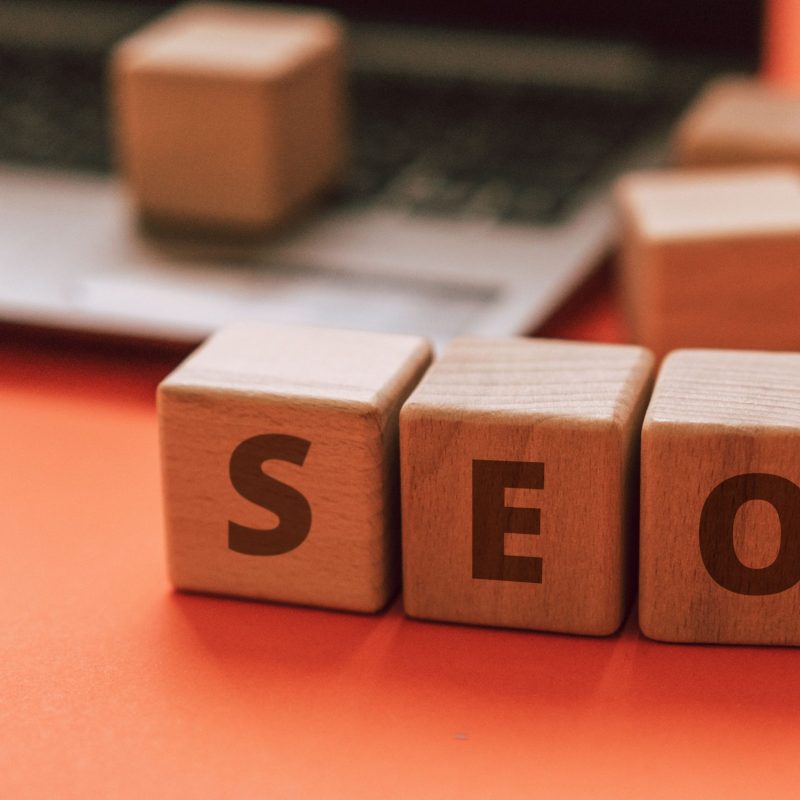Frequent questions
Accessible web design is important because it allows all people, including those with disabilities, to access and navigate online content effectively. This promotes equal opportunities, digital inclusion and ensures that all users can enjoy the benefits of technology and information online.
Some of the main barriers that people with disabilities face in web browsing include lack of accessible web design and development, navigation and usability issues, lack of color contrast and readability of content, as well as lack of structure and organization of information.
Yes, there is a widely recognized international standard and guide for accessible web page design known as WCAG 2.0 (Web Content Accessibility Guidelines 2.0). This guide establishes principles and guidelines to ensure web accessibility and is widely used as a reference in the industry.

The effectiveness of content may vary depending on the type of event and target audience. However, some types of content that are often effective include demo videos, infographics, case studies, customer testimonials, interactive presentations, and real-time social media posts.
To measure the success of content marketing at trade shows and events, it is important to establish key performance indicators (KPIs) such as the number of visitors to the stand, the participation rate in content-related activities, lead generation and mentions in social networks. Additionally, conducting surveys or interviews with attendees can provide valuable information about the perception and impact of the content.
Adapting content to the context of fairs and events is essential to capture the attention of attendees and achieve a meaningful connection. Participants are often busy and exposed to multiple stimuli, so content should be brief, visually appealing, and relevant to their needs and interests. Additionally, taking advantage of elements such as interactive booths, live presentations or hands-on activities can help you stand out and generate greater impact.

Establishing a clear objective for a stand is essential because it helps guide all actions and strategies implemented in the space. A clear objective allows you to focus your efforts and resources effectively, increasing the chances of achieving successful results.
Identifying the main objectives of the stand depends on several factors, such as the needs of your brand, the target audience and the results you hope to achieve. Some common goals include raising awareness of the brand and products, generating leads and capturing potential customers, and increasing sales and generating revenue.
Evaluating and tracking stand objectives allows you to measure performance and determine if desired results are being achieved. This provides valuable information to make adjustments and improvements to future stands, maximizing the impact and return on investment at events and trade shows.

Online advertising offers several advantages for small businesses. Some of these advantages include greater global audience reach, lower costs compared to traditional advertising, greater segmentation and personalization of advertising messages, and the ability to measure and analyze results more accurately.
There are various tools and platforms recommended for online advertising campaigns. Some of the most popular and effective include Google Ads, which allows you to display ads in search results; Facebook Ads, which offers the possibility of reaching a wide audience on social networks; and campaign automation and management tools, which facilitate the campaign administration and optimization process.
To measure the success of your online advertising campaigns, it is important to establish key metrics that allow you to evaluate their performance. Some common metrics include the number of clicks, impressions, conversion rate, return on investment (ROI), among others. Additionally, it is crucial to perform regular data analysis and use tracking tools to obtain detailed information about the performance of your campaigns and to make necessary adjustments.

There are several popular social networks that can be effective for selling, such as Facebook, Instagram, X, and LinkedIn. However, choosing the right platform will depend on the type of business, target audience, and specific sales goals. It is important to carry out a prior analysis to identify which social networks are most relevant to your industry and adapt your strategy accordingly.
To measure the impact of social networks on sales, it is advisable to use analysis tools such as Google Analytics, Facebook Insights or native tools for each platform. These tools allow you to track traffic, conversions, and other relevant metrics. Additionally, it is important to set specific tracking goals and regularly track results to evaluate the performance of your social media strategies.
To build a community of engaged followers, it is vital to regularly interact with your audience. Responding to comments and messages, taking surveys, running contests, and sharing relevant and valuable content are some effective tactics. Additionally, encouraging engagement and creating emotional connections with your community will help followers feel part of something bigger and become advocates for your brand.
Social media advertising can be an effective strategy to increase sales, as it allows you to reach a specific audience and target your sales messages precisely. However, it is important to consider your budget and set clear goals before investing in advertising. As part of a comprehensive strategy, social media advertising can amplify the reach of your messages and complement your organic sales efforts.

Generic keywords are broader, competitive terms, like “shoes” or “restaurants,” that can generate high search volume but also a lot of competition. On the other hand, long-tail keywords are more specific and detailed phrases, such as "running shoes" or "best Italian restaurants in New York," which may have a lower search volume but offer greater relevance and opportunities for small businesses.
While keywords with high search volume can attract a higher amount of traffic, they are not always the best option for a small business. It's important to find a balance between search volume and relevance to your target audience. More specific and niche keywords can generate more qualified traffic and have less competition, which can be beneficial for small businesses in terms of conversion and ranking.
To evaluate the effectiveness of your selected keywords, you can use SEO tracking tools, such as Google Analytics or SEMrush. These tools will give you insights into organic traffic performance, search engine rankings, and conversions. Additionally, you can monitor your website traffic and metrics to see if your selected keywords are attracting relevant traffic and generating positive results for your small business.

